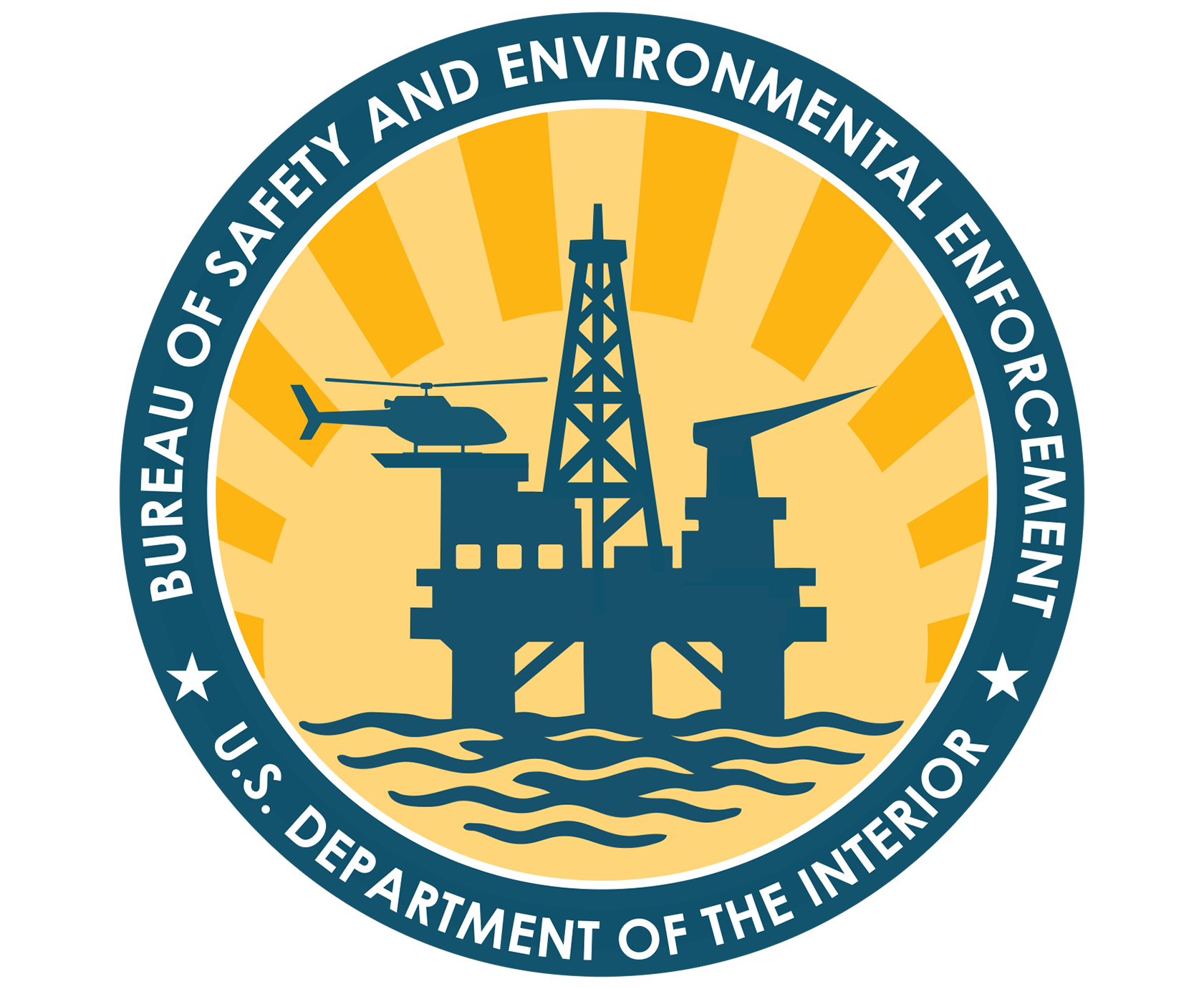The Deepstar CTR 7501 JIP for High-Pressure, High-Temperature drilling in deep water involves the extension of techniques and technologies developed since the 1950's for floating offshore drilling units. These techniques are well known and generally well-adapted to the deep water environment. Technology gaps in deep water high-temperature high pressure (HTHP) drilling can originate in four different ways: First among these is the gap caused by physical impossibility; the equipment, materials, and products needed to achieve a particular objective do not exist and must be invented, or designed around.
Second is the gap associated with evolving regulatory regimes. Methods permissible under a given regime of regulation may become undesirable under a new regime, so new methods must be invented and implemented.
Third is the gap associated with commodity prices. Some technologies may be so expensive to deploy that positive economic returns can never be achieved because commodity prices are insufficient to cover the cost of development.
Forth the gap associated with 'experience'. Methods and techniques regarded as foolhardy may never be employed because management of risk and uncertainty surrounding their deployment is an unknown or un-welcomed art.
The initial phase of DeepStar CTR 7501 involved the identification of the design drivers for deep water HTHP drilling. The fundamental design driver for this entire study is the particular relationship between pore pressure and the fracture gradient trends in the subsurface at any well location of interest. For any well drilling situation, that relationship defines the necessary casing points. Knowledge of the casing points define the relationship between casing size, weights and grades. That, in turn, defines the necessary well head equipment, the necessary drilling rig equipment, the amount and kind of mud products needed, and so forth.
For the purposes of this study, high-temperature is defined as a reservoir temperature at or in excess of 350 deg F at a depth in the subsurface 27,000 feet below the mud line. Similarly, high-pressure is defined as a reservoir pressure of 24,500 psi at a depth in the subsurface 27,000 feet below the mud line. The base case is in 4,000 feet of water with sensitivity cases in 7,500 feet of water and sub salt wells.
Completed
